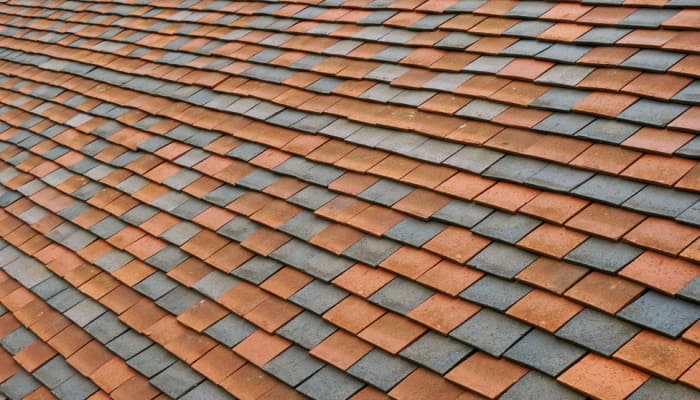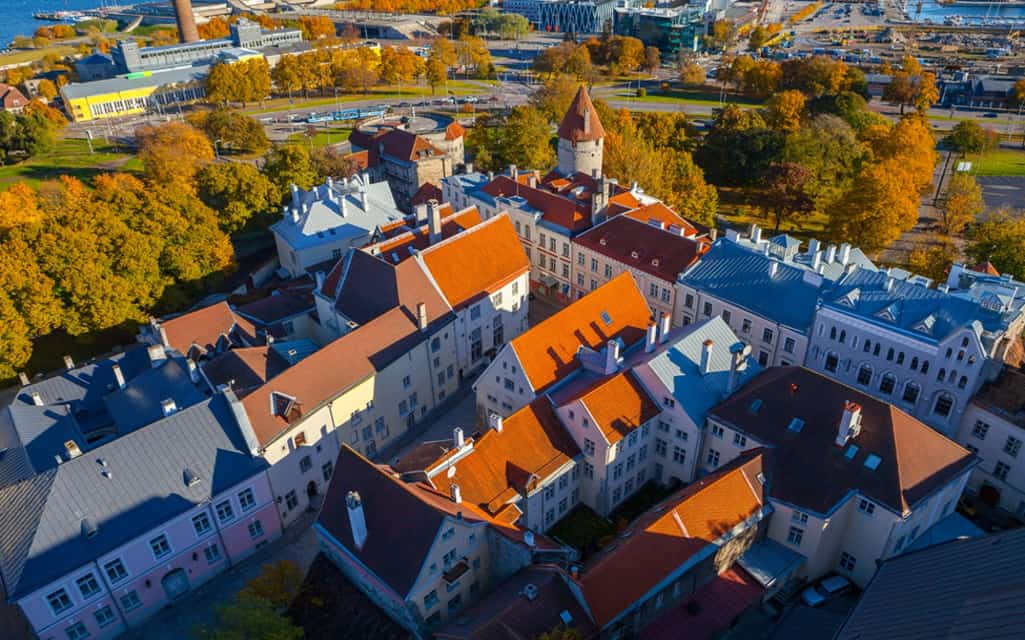Building a house takes a lot of time, effort, money, and many other resources. Read more about building houses in this link here. You may not probably think about the kind of roofing material because you may think that your architects are the ones responsible for this. However, it’s helpful to share your ideas and ideal results with them during the construction process.
Many homeowners don’t pay much attention to their roofs unless they start to leak and deteriorate. While its main objective is to protect the house’s residents, there’s still style and aesthetic appearance to consider when choosing the materials and contractors that will install them.
There are various options when it comes to materials when constructing new roofs or replacing the ones in existing homes. The material will depend on several factors, including your budget, architectural style, and preferred colors. Your property’s location also plays a role in choosing the materials because different regions in many states have varying weathers and seasons. Storm-resistant roofing materials are particularly important for properties prone to hurricanes, tornadoes, or severe thunderstorms. Read more about these materials and how they can protect your property in different weather conditions.
Here’s a quick guide to the roofing materials that are available in the market today.
Best Picks
1. Asphalt Shingles
Asphalt shingles are very popular in the US because it can be easy to install, affordable, and durable. Professional builders that offer residential roofing services can install them quickly and within your budget. You can choose from two kinds of asphalt shingles, including the fiberglass-based and the organic-based varieties.
The fiberglass-reinforced types are lighter, more durable, and more resistant to fire. Organic is a less expensive option, and they are available from a lot of manufactures. There are excellent and not-so-good versions of the two, and the price is usually the leading indicator of the quality when shopping.
Architectural-style and three-tab asphalt shingles are other categories that you can choose from. The standard three-tab has a generic and basic style. Each slab consists of a single layer that consists of narrow cuts to create the three-tab style.
The architectural shingle usually consists primarily of two asphalt strips, and the bottom piece is solid. The top-strip is spaced widely, and they typically are dovetails in shape. Factories usually do the lamination to the two strips, and the surface is generally heavily textured.
2. Cedar Roofs
Cedar is one of the most affordable roofing materials, and the western red cedar varieties are very distinctive and beautiful. Learn more about the western red cedar here: https://plants.usda.gov/plantguide/pdf/cs_thpl.pdf. One of the major disadvantages of this material is that it can offer very little resistance to fire.
The two types of cedar materials are shakes and shingles. The shakes are rougher in texture, and they are thicker. Shingles are more uniformed, smoother, and thinner. The shakes are sawn from the logs, and others are hand-split for a more uneven and rugged appearance.
The wooden cedar shingle has a more elegant and smarter appearance that usually consists of cleaner lines. Shake roof is more robust and classic in style. It can offer a lot of character to the property since it can exude deep shadowy lines.
There are premium-grade and low-grade cedar shakes. The high-quality ones are all cut from all-heartwood, where they offer increased resistance against decay. No knots are visible, and they are perfectly clear-looking. The back is smoothly sawn so that the builders can easily install them.
3. Metal
Metal is growing in popularity in recent years, and it’s competing against the asphalt market. Some of the reasons why this happens are that the metal is recyclable, low-maintenance, durable, and versatile. It can quickly shed off the snow, water, and ice. It can look great in coastal cottages or colonial-style houses.
The metal consists of overlapping and long panels that go from the peak to the eaves. These panels can be made from zinc, aluminum, copper, or steel. Most of the styles are corrugated panels or standing seam.
Many prefer the standing seams because the panels are covering the fasteners. At the same time, the corrugated varieties expose the screw head. A new generation of manufactured metal roofs now resembles slate, clay tiles, and wood shingles effortlessly.
Read More: Why Is Quality Roof Restoration Sutherland Shire So Important?
4. Slate
There are no other materials that can compare to real, natural slate. This is the first-rate material that is well-loved by builders and homeowners. It made its first appearance in the early 1600s, and it is still common today. Some of the stellar qualities of slate include resistance to mildew, fire, and weather elements. When they were installed correctly by the builders that you can find on the right website, you can expect them to last for a century or more.
However, note that slate is very expensive when you buy it, and only professional roofers should do the installation. If you are considering a slate roof, it’s better to let an engineer check everything and ensure that the house can support the weight of the tiles.
5. Concrete and Clay Tiles

A lot of Mediterranean or Spanish-style architectures are made from concrete or earthen clay tiles because of their efficiency, durability, wind, and fire resistance factors.
Concrete tiles can be shaped into anything, and the roof usually looks striking with them. They can be fire-glazed or unglazed, and they come in different colors. Some use decorative coats for more aesthetic appeal, and others use unfinished concrete.
Clay and concrete are usually found in hotter climates because the thick tiles keep the sun away from the home’s interior. They make many homes more energy-efficient and cooler. While they come with a hefty price tag, many thinks this is a great investment overall as they can last up to 70 years.



